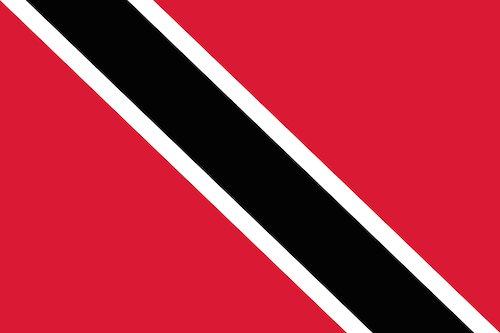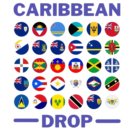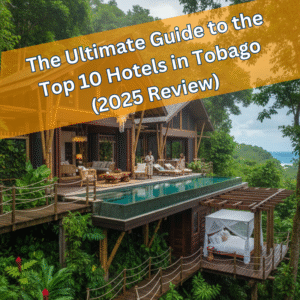TRINIDAD & TOBAGO

Motto
“Together We Aspire, Together We Achieve”
Capital
Size
Highest Point
National Dish
Population
Language
Overview
Trinidad, the larger of the two islands that make up the nation of Trinidad and Tobago, has a a rich cultural tapestry. Located just off the northeastern coast of Venezuela, west of Barbados and south of Grenada, its history is marked by a mix of indigenous heritage, colonial rule, and cultural diversity.
The island was originally inhabited by the Arawak and Carib peoples before being claimed by Christopher Columbus for Spain in 1498. Spanish colonization began in the 16th century, but it wasn’t until the late 1700s that large numbers of settlers arrived. The Cedula of Population in 1783 encouraged French planters and their enslaved Africans from neighboring islands to settle in Trinidad, dramatically increasing the island’s population and cultural diversity.
In 1797, the island was ceded to the British, who continued to develop the island as a plantation economy, relying heavily on enslaved African labor. After the abolition of slavery in 1834, indentured laborers were brought from India, adding another layer to Trinidad’s cultural mix. This blend of African, Indian, European, and indigenous influences has shaped Trinidad’s unique identity.
Trinidad and Tobago gained independence from Britain in 1962 and became a republic in 1976. Today, Trinidad is known for its lively culture, economic dynamism, and natural beauty.
One of Trinidad’s most famous attractions is its annual Carnival, often considered the greatest show on Earth. Carnival is a vibrant celebration of music, dance, and colorful costumes, deeply rooted in African and Caribbean traditions. The event attracts visitors from around the world.
For nature lovers, the island offers a range of attractions, including the Asa Wright Nature Centre, a haven for birdwatchers and home to diverse wildlife. The Caroni Swamp, famous for its scarlet ibis, is another must-visit for nature enthusiasts.
Trinidad’s northern coast is dotted with beautiful beaches like Maracas Bay, where visitors can relax on golden sands and enjoy local delicacies like bake and shark. The island’s central region is home to the Temple in the Sea at Waterloo, a Hindu temple built in the ocean, reflecting the island’s rich Indian heritage.
Port of Spain, the capital, is a bustling city with a mix of colonial architecture, modern buildings, and vibrant markets. Key sites include the Queen’s Park Savannah, the Royal Botanic Gardens, and the Magnificent Seven, a row of historic colonial mansions.


